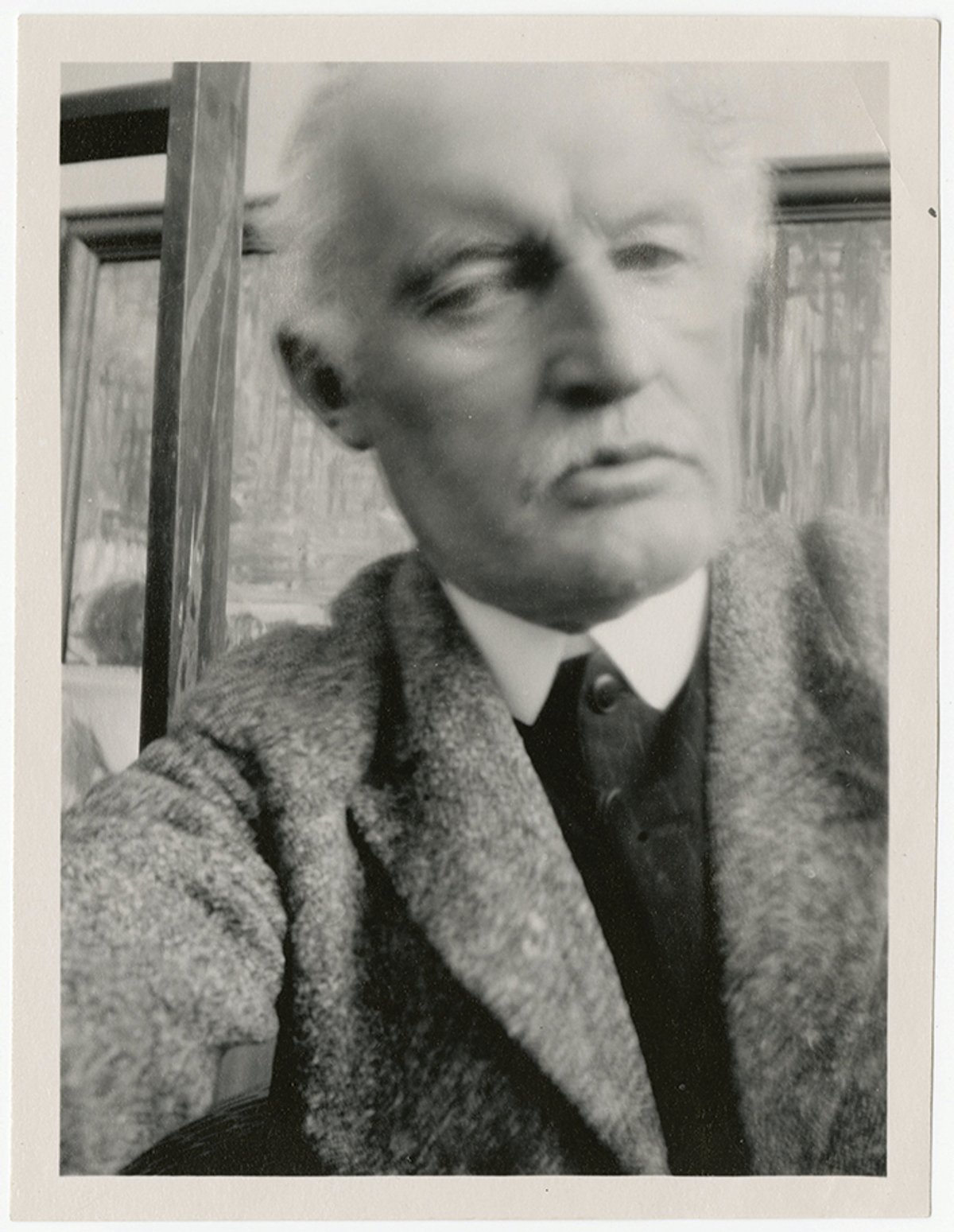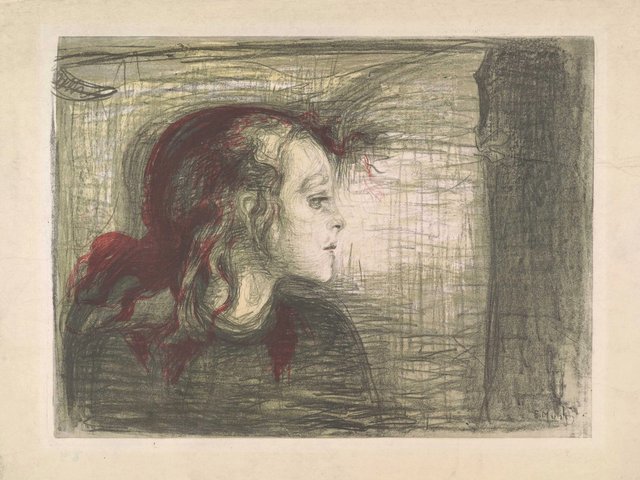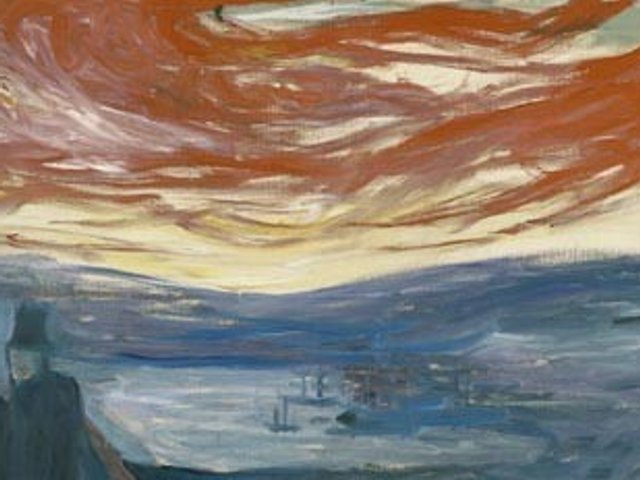• Click here for more reading lists on the world's greatest artists
Edvard Munch’s The Scream is world famous. The image of a figure, hands to face, letting out an existential shriek, has been endlessly reproduced—on posters, T-shirts, mugs—and made into countless memes. But for many, Munch (1863-1944) remains somewhat of an enigma.
As a newly opened exhibition at the Munch museum in Oslo attempts to peel back the layers of Munch's work through the prism of health and sickness, we asked one of the institution's curators to help us learn more about the man behind The Scream. Below, Trine Otte Bak Nielsen has selected five key books on Munch's life and work. (As an addendum, the curator also recommends a double LP of songs inspired by the artist, called Jordsvingninger.) Feast your eyes and ears.
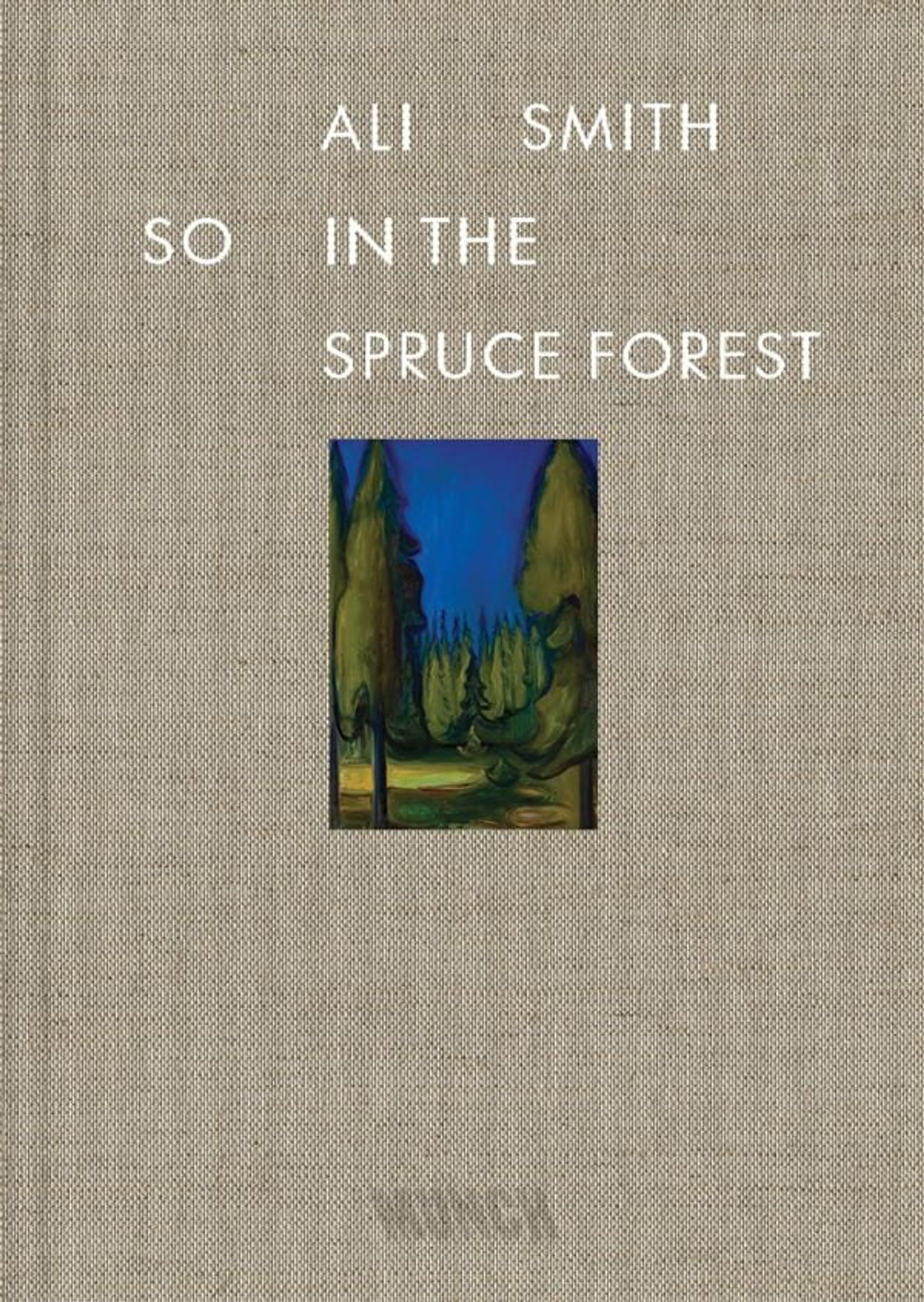
So in the Spruce Forest (2025) by Ali Smith
“Ali Smith’s essay on Edvard Munch is a door opener for understanding [the artist's] immediate approach to painting. As Smith writes: ‘The gift of Munch is that he strips back everything that is not important.’ Smith’s essay weaves together visual analysis and political and climate challenges, and embraces nature in a way that demonstrates how meaningful art can feel in uncertain times.”
Edvard Munch: Complete Paintings (2009), catalogue raisonné by Gerd Woll
“Four heavy volumes make up what I see as the ‘bible’ for anyone who wishes to dig deep and carry out research on Munch’s paintings. In Gerd Woll’s catalogue we find early motifs from Kristiania (today’s Oslo), made when Munch was 16, through to his last works more than 60 years later. These four volumes present an artist who continued to explore his approach to painting in new ways throughout his life.”
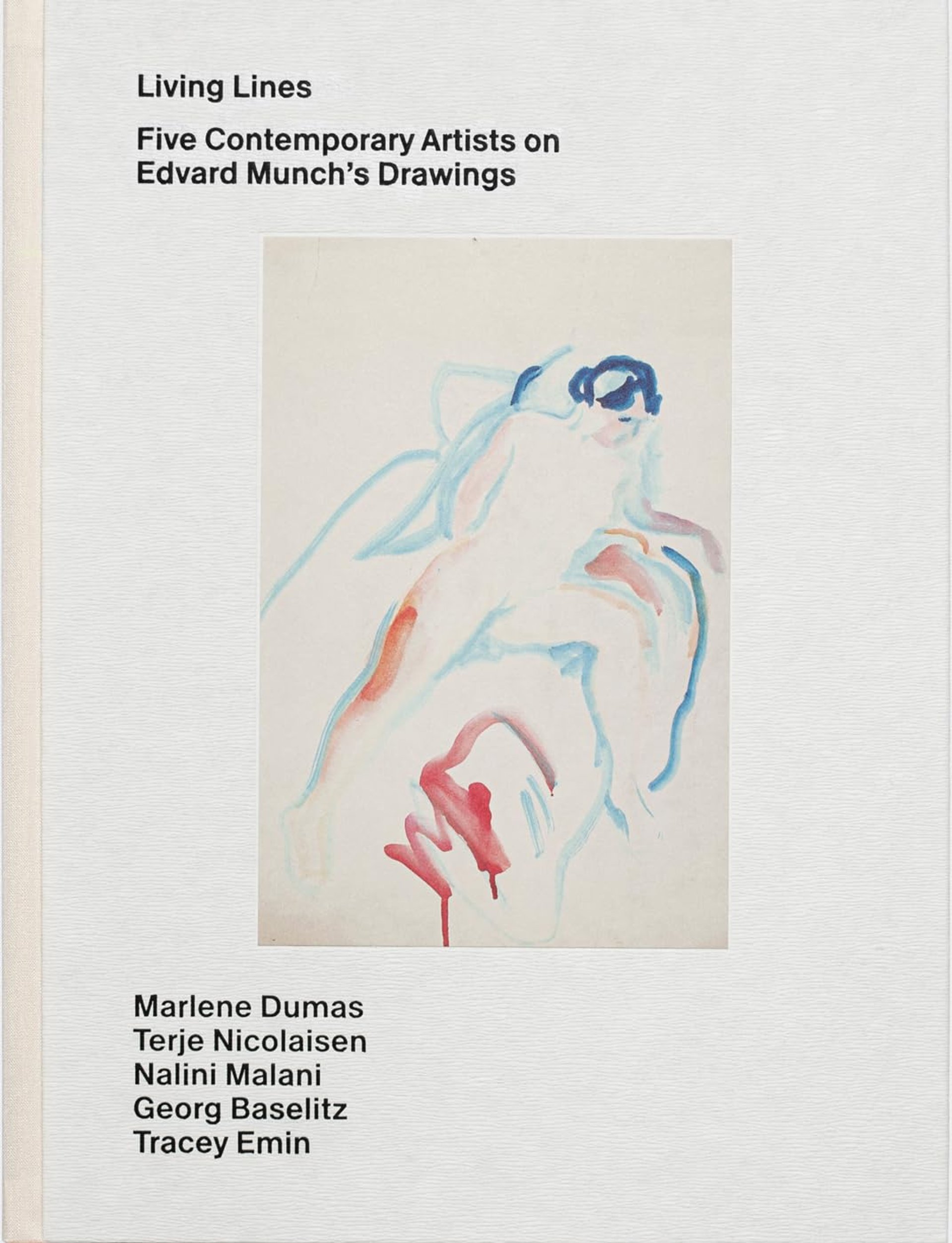
Living Lines: Five Contemporary Artists on Edvard Munch’s Drawings (2021), edited by Halvor Haugen
“When Munch’s remaining 7,700 drawings had been catalogued at Munch [museum], the artists Marlene Dumas, Terje Nicolaisen, Nalini Malani, Georg Baselitz and Tracey Emin were invited to compile their own personal selections. These are presented alongside interviews with each artist. The book not only provides a very good introduction to the great variety of Munch’s drawings but also shows his enduring influence on today’s artists.”
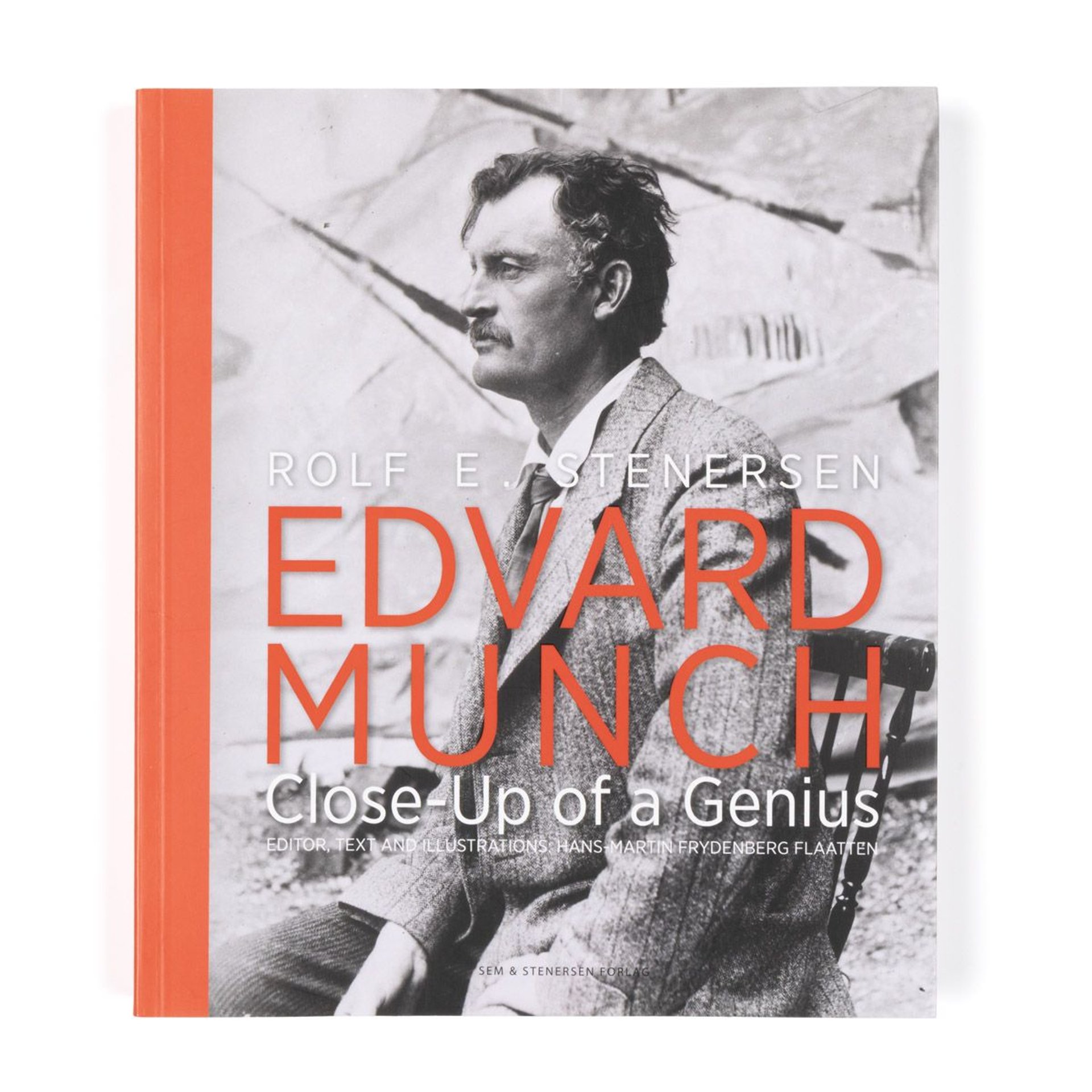
Edvard Munch: Close-up of a Genius (1944/2013) by Rolf E. Stenersen
“Munch’s friend and supporter, the financier and art collector Rolf E. Stenersen, published this personal biography in 1944, the year Munch passed away. This edition was published in connection with the 150th anniversary of Munch’s birth in 2013. Richly illustrated and accompanied by detailed captions, the book offers an insightful and engaging introduction to Munch’s life and work.”
Das Werk Des Edvard Munch (1894, text in German) by Stanislaw Przybyszewski
“The Polish writer Stanislaw Przybyszewski met Munch in Berlin in late 1892, at a time when the artist was receiving widespread criticism for an infamous exhibition [in the city], which was shut down after only five days. Przybyszewski introduces Munch as ‘the first to have attempted to depict the finest and most subtle movements of the soul exactly as they appear’.”
• Lifeblood: Edvard Munch, Munch, Oslo, until 21 September


